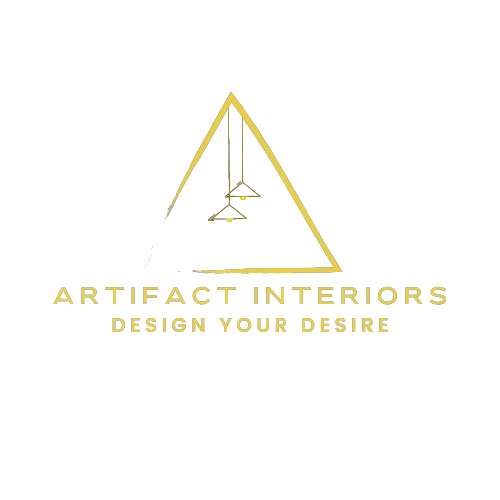FAQs
- Home
- /
- FAQs
Sales Questions
Q1 : What is Interior Designing ?
Q2 : What do Interior Designers do ?
Q3 : What qualifications do Interior Designers need ?
Q4 : How much does Interior Designing cost ?
Q5 : How long does an Interior Designing project take ?
Technical Questions
Q1 : What are some popular Interior Design styles ?
There are many different interior design styles, and popular ones can vary over time and by region. Some popular interior design styles include:
- Scandinavian : Known for its minimalist and functional design, characterized by light colors, clean lines, and natural materials.
- Industrial : Inspired by factories and warehouses, characterized by exposed brick, metal, and wood, with a rough and unfinished look.
- Mid-century modern : Popular in the mid-20th century, characterized by clean lines, organic shapes, and a mix of materials like wood, metal, and plastic.
- Bohemian : Eclectic and free-spirited, characterized by rich colors, mixed patterns, and a mix of vintage and ethnic elements.
- Contemporary : Inspired by factories and warehouses, characterized by exposed brick, metal, and wood, with a rough and unfinished look.
- Traditional : Classic and timeless, characterized by rich colors, ornate details, and elegant furnishings.
Q2 : How can I find an Interior Designer for my project ?
There are several ways to find an interior designer for your project:
- Referrals : Ask friends, family, or colleagues for recommendations of interior designers they have worked with and trust.
- Online directories : Look for interior designers in online directories or platforms that specialize in connecting clients with design professionals.
- Professional organizations : Check with local or national interior design associations or organizations for a list of registered or certified interior designers in your area.
- Social media and websites : Browse through social media platforms, websites, and online portfolios of interior designers to find their work and style.
- Showrooms and events : Visit design showrooms, home improvement expos, or design events in your area to meet and interact with interior designers in person.
Q3 : What is the role of an interior designer ?
Q4 : What services do interior designers provide?
Interior designers can provide a wide range of services, depending on the project and client's needs. Some common services offered by interior designers include:
- Space planning: Determining the best layout and arrangement of furniture and fixtures within a space for optimal functionality.
- Color and material selection: Selecting appropriate colors, materials, and finishes for walls, floors, ceilings, and other surfaces to create the desired aesthetic.
- Furniture and fixture selection: Recommending and sourcing furniture, fixtures, lighting, and accessories that fit the design concept and meet the client's requirements.
- Custom design: Creating custom furniture, cabinetry, or built-in elements tailored to the specific needs and style of the client.
- Project management: Coordinating with contractors, suppliers, and other professionals involved in the project to ensure smooth implementation of the design plan.
- Budgeting and procurement: Estimating costs, developing budgets, and managing the procurement of materials, furnishings, and other elements within the client's budget.
- Design consultation: Providing expert advice and recommendations on design-related matters, such as color schemes, layout options, and material selections.
Billing Questions
Q1 : How do interior designers charge for their services ?
Interior designers typically charge for their services in different ways, depending on the project and the interior designer's preferences. Some common methods of charging for interior design services include:
- Flat fee: Charging a fixed amount for the entire project, based on the scope of work and anticipated hours.
- Hourly rate: Charging an hourly fee for the time spent on the project, usually with an estimated number of hours provided upfront.
- Percentage of project cost: Charging a percentage of the total project cost, which can vary depending on the size and complexity of the project.
- Cost-plus: Charging the actual cost of materials, furnishings, and other items, plus an additional percentage as a fee for design services.
- Retainer: Charging a monthly or upfront retainer fee for ongoing design services, particularly for long-term projects or for clients who require continuous design assistance.
The fee structure and payment terms should be discussed and agreed upon between the interior designer and the client before the project begins.
Q2 : How long does an interior design project take?
Q3 : How do I communicate my design preferences to my interior designer?
Communication with your interior designer is crucial for a successful project. Here are some tips for effectively communicating your design preferences:
- Create a visual reference: Collect images, samples, and examples of design styles, color schemes, and materials that you like, and share them with your interior designer to give them a clear understanding of your preferences.
- Be specific: Clearly articulate your likes, dislikes, and specific requirements for the project, such as functional needs, budget constraints, and any specific design elements or features you want to incorporate.
- Ask questions: Don't


